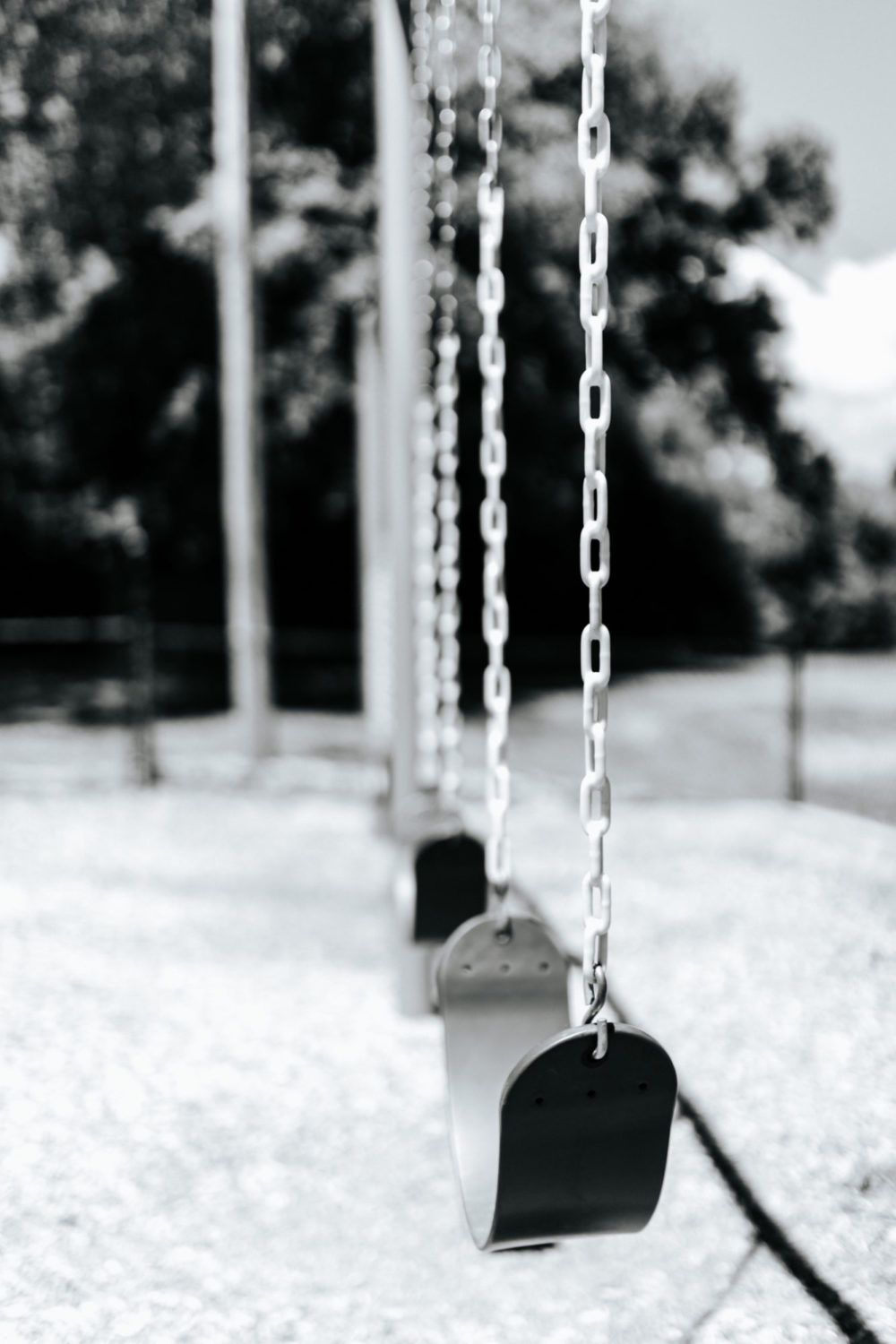Last week I started a series on the school-to-prison pipeline and what it looks like in real life. It starts in schools, through school discipline, and school resource officers play a significant role in this process. This article explores how these officers and schools overall play a part in the referencing of students to the legal system through status offenses.
What are Status Offenses?
Status offenses are crimes committed by minors that would not be a crime if they were committed by an adult. The most common one that comes to mind is drinking alcohol underage, but this can also include skipping school (truancy), tobacco use, and running away.
Legally, status offenses can be defined in three categories: status offenders as delinquents, status offenders as neglected/abused dependents, and status offenders in a different legislative category. How the court defines a status offense can have substantial implications on the punishments given out to the youth as a result.
How this Follows School Discipline
Black students are far more likely to be referred by school officials to the police. They make up 31 percent of referrals to law enforcement while only being 15 percent of school attendance. In contrast, white students are 49 percent of enrollment while only being 36 percent of referrals. Males are also overrepresented in school-related arrests. They represent 51 percent of students and 69 percent of school-related arrests. Lastly, students with disabilities are also more likely to be referred to law enforcement or arrested from school. Students with disabilities are 12 percent of enrolled students, but they are 28 percent more likely to be subject to a school-related arrest or referral to law enforcement. While not all of these are status offenses, they represent the data available by the U.S. Department of Education on inherent inequities in these referrals and arrests.
Placement of Status Offenses
Although there is some federal legislation around status offenses, most of the policies are made by each state. This means different localities can define what the qualifiers are for an act to count as a status offense that needs to be referred to court. In Wisconsin, “habitual truancy” is defined as “missing all or ‘part of’ five days within a semester,” and it is up to the discretion of each school district what “part of” means.
In some places, status offenses lead to a child being referred to a social worker or other crisis network to help target what is causing the behavior, but in many places these students are still directly referred to law enforcement. This is despite significant evidence that these punitive measures are ineffective and don’t discourage this behavior in the future. In 2016, 94,700 juvenile justice cases on status offenses were handled in juvenile courts across the country.
Although the most common punishment from these cases is juvenile probation, there is still an over-confinement of juveniles for status offenses, and many of these probation cases still lead to confinement due to technical violations. Placement in juvenile detention, treatment centers, or group homes also disproportionately harms Black students, accounting for 53 percent of youth confined for status offenses.
Juvenile Justice and Delinquency Prevention Act of 1974
Efforts to keep youth out of the juvenile justice system are not new, In 1974, this federal act was passed that in part targeted status offenses and encouraged states to pursue more community measures as opposed to the justice system. If too many young people end up in juvenile detention states risk losing funding.
However, loopholes have been created to help authorities and courts circumvent elements of this act. In 1980, an amendment was added called the “Valid Court Order” that states that “although kids cannot be detained for, say, skipping school, they can be detained for violating a judge’s order to attend school every day.” This also applies to orders such as “stop violating curfew” or any other order from a judge that can then lead to youth detainment even if the original offense does not permit that. However, this VCO exemption is not used in all states; as of 2015, it was used in 25 states and the District of Columbia. This further contributes to exacerbating inequities in juvenile justice.
Impact of Status Offenses
Since status offenses are defined differently in different states and jurisdictions, it’s hard to find federal data that encompasses all of the effects of status offenses on individuals. But we do have some general understandings of the impact of confinement. It takes youths away from their support centers in family, friends, and educational institutions. Additionally, it does not prevent them from reoffending in the future and instead increases the odds that they do. This is likely because confinement “fails to address the underlying causes of status-offending behavior”– so instead of correcting these problems while they are young, detention perpetuates this behavior going forward.
Next in This Series
Next week I will discuss the development of the strict juvenile justice system we have today. I will more closely examine the impact of the juvenile justice system and its long-lasting effects for youth. I will also discuss the different means of punitive punishment utilized and the negative effects that result from this.
- Inside the Systems that Fuel the School-to-Prison Pipeline - August 20, 2020
- Is Teaching Political? - August 5, 2020
- The Battle Over Reopening Schools: A Teacher’s Perspective - July 29, 2020
